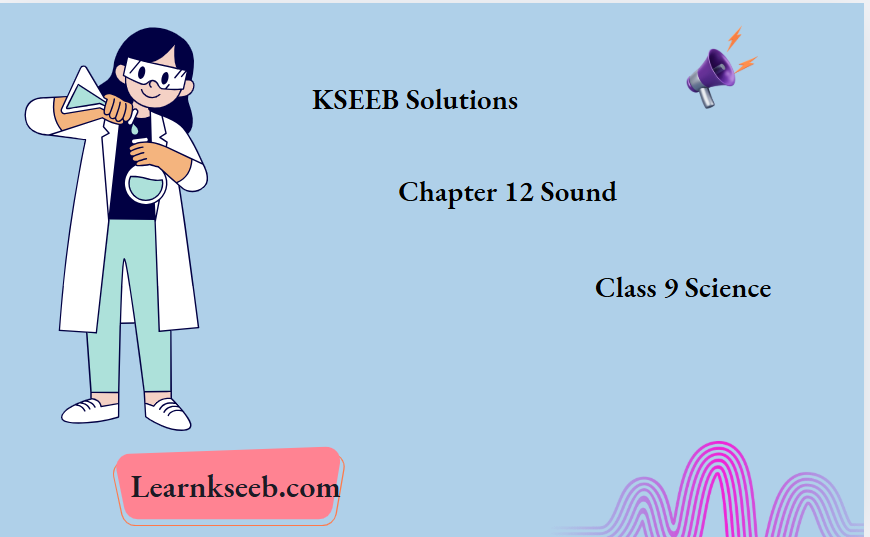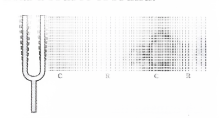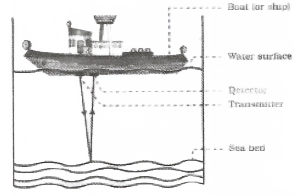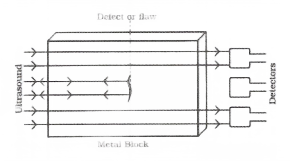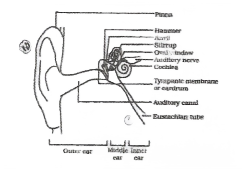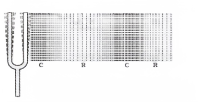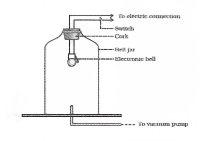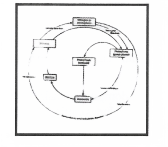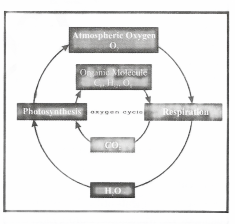KSEEB Solutions Class 8 History Chapter 7 Mauryas And Kushans Points To Remember
India’s first Empire was Mauryan Empire and Chandra Gupta Maurya, Bindusara and Ashoka are the important kings of this dynasty. The Mauryan dynasty was established by Chandra Gupta Maurya. Megasthenes has recorded his experiences at Patliputhra, the capital of the Maurya empire in his book ‘Indica’. ‘Arthashastra’ is written by the teacher and the Prime Minister of Chandra Gupta Maurya, Kautilya.
- Mudrarakshasa is a Sanskrit play written by Vishaka Dutta which narrates the process of Chandra Gupta Maurya being brought into power by Kautilya.
- Chandra Gupta came to power by dethroning the last king of the Nanda dynasty under the guidance of his teacher Kautilya at the age of twenty-five.
- It is said that Chandra Gupta Maurya later traveled to Shravanbelagola in Karnataka along with Jain sages Bhadrabahu and others. Finally, the tradition says that he undertook ‘Sallekhana Varta’ and passed away there.
- The most popular Emperor of India Ashoka was the governor of Ujjain and Takshashilla during his father Bindhusara’s reign.
- Ashoka declared war on the Kalingas who refused to accept the rule of the Maurya Empire in 261BCE.
- On being inspired by Buddhism, he dedicated his remaining life to spreading the message of ‘peace’Ashoka accepted Buddhism after the Kalinga battle and made donations to Buddhist monasteries and Viharas.
- Ashoka wanted people to show compassion to the poor and slaves too. ‘Live and let live’ said he.
- He appointed officers named“Dharmamahamathra’ to preach the principles of Buddhism.
- Ashoka is called as the father of inscriptions. Till today his inscriptions are the first inscriptions to be read.
- In 1837 C.E., a British officer James Princep deciphered Ashoka’s inscriptions for the first time. In all the inscriptions instead of his name, his titles ‘Devanmpriya’ or ‘Priyadarshi’ were used.
- Charles Beadon a British engineer read an inscription at Maski of Raichur in 1915 C.E. In this inscription ‘Devanampriya Priyadarshi Ashoka’ reference. Appears for the first time. Based on this, it was decided that‘Devanampriya’ and ‘Priydarshi’ are the same. Later in other inscriptions, the name Ashoka appears.
- Pushyagupta, a governor during the reign of Chandragupta Maurya had built ‘Sudarshan Sarvor’, adam in Junagadh of Gujarat.
- Officers named ‘Samahartha’ and ‘Sanidatta’were in charge of the tax collection and were also the custodians of the royal treasury.
- The social system was evolving out of the varna-based caste system of the Vedic period.
- Though the society was divided into four Varnas, namely Brahmana, Kshatriyas, vaishya, and shudra, several castes were also present.
- Officials like “Rujuka’ (Justice officer), ‘Yukta’(Information recording officer), and others were there.
- The Kushans were the progeny of Yuchi and they defeated the Sakas and the Parthians and settled in the Gandhara region.
- The founder of this dynasty was Kujalakadphisus. Vimakadphisus and Kanishka are the noteworthy kings of this dynasty. Kanishka established his rule in 78 C.E. and heralded a new era. This era is called the ‘Saka’era.
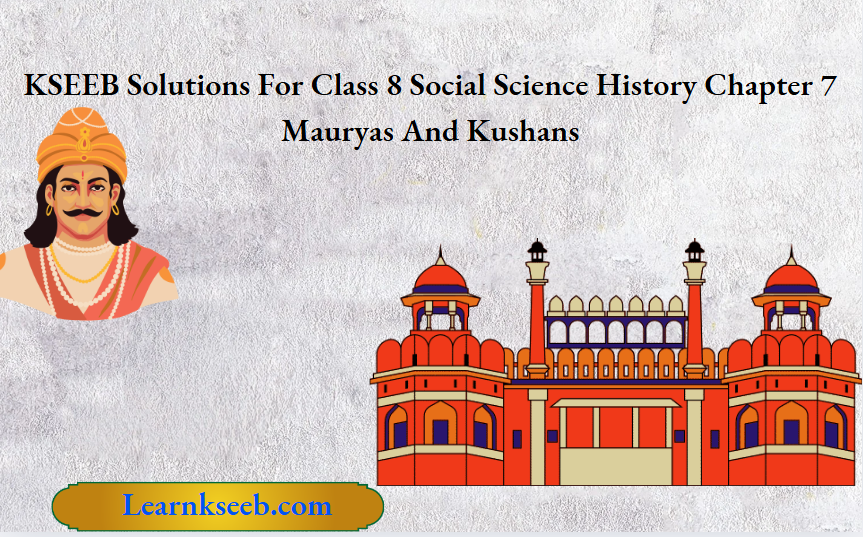
Complete the following sentences by using suitable words in the blanks:
- Chanakya came to be known as Kautilya.
- Megasthanis’s work Indica.
- The capital of the Mauryas was Pataliputhra.
- The founder of the Kushan dynasty was Kujalakadphisus.
- The new era of Kanishka’s reign is called the Saka era.
Mauryas And Kushans Answer the following questions in brief:
Question 1. List the sources which reflect upon the history of Mauryas.
Answer:
- Megasthenes’ Indica
- Kautilya’s ‘Arthashastra’
- Mudrarakshasa
- Deepavamsha and Mahavamsha
- Inscriptions of Ashoka
Class 8 History Mauryas And Kushans KSEEB Notes
Question 2. Name the important cities during Ashoka’s period.
Answer: Pataliputhra, Takshashila, Ujjain, Doula, Suvarnagiri, and Gimar.
Question 3. Ashok has been named as Great by historians. Give reason.
Answer: Ashok’s most popular Emperor of India Ashoka is from this dynasty. He was the son of Bindhusara. He was the governor of Ujjain and Takshashilla during his father’s reign. He suppressed an uprising at Takshashilla. It is assumed that he ascended the throne in the year 269 B.C.E. He waged a war against Kalinga eight years later. This was the only war waged by him after becoming aking.
Question 4. Describe Ashoka’s administration.
Answer: Maurya Empire had a centralized administration system. There was a strong espionage network. Ministers, priests, princes,s and generals were the higher subordinates of the king. The Empire was divided into provinces. These were ruled by either princes or relatives of the king’s family. Takshashila, Ujjain, Doula, Suvarnagiri, and Girnar were the regional administrative centers. Officials like “Rujuka’ (Justice officer), *Yukta’(Information recording officer), and others were there. The administration of Pataliputhra was done by a group of six committees consisting of thirty officials.
Question 5. Which dynasty did the Kushans belong to?
Answer: Kushans were the progeny of Yuchi.
Question 6. What was the extent of Kanishka’s empire?
Answer: Kanishka’s rule had spread up to Sanchi in the south and Banaras in the east. His kingdom, which included Central Asia too, was a vast empire. Purushapura was his capital. Mathura was another significant town of his time.
Mauryas And Kushans Additional Questions And Answers
Choose the correct alternative and Write the complete answer along with its alphabet in the sheet provided:
Question 1. India’s first Empire was
- Mauryan Empire
- Gupta Empire
- Vardhan’s Empire
- Vijayanagar Empire
Answer: 1. Mauryan Empire
Question 2. The Mauryan dynasty was established by
- Bindusara
- Bimbisara
- Chandra Gupta Maurya
- Ajathashathru
Answer: 3. Chandra Gupta Maurya
Question 3. The author of ‘Indica’ is
- Seleucus Nicator
- Huien Tsang
- Fashion
- Megasthenes
Answer: 4. Megasthenes
Question 4. Arthashastra is written in
- Kannada
- Hindi
- Sanskrit
- English
Answer: 3. Sanskrit
KSEEB History Chapter 7 Class 8 Multiple Choice Questions
Question 5. Ashoka organized the third Buddhist conference at
- Pataliputhra
- Kashmir
- Prayag
- Buddhagaya
Answer: 2. Kashmir
Question 6. Ashoka’s inscriptions are found in Brahmagiri of
- Mysore
- Chitradurga
- Bengaluru
- Bidar
Answer: 2. Chitradurga
Question 7. The governor of Chandra Gupta Maurya who had built ‘Sudarshan Sarvor’ was
- Pushyagupta
- Tushaspa
- Sanidatta
- Samahartha
Answer: 1. Pushyagupta
Question 8. ‘Kachhuw’ was
- Copper coin
- Golden coin
- Silver coin
- Brass coin
Answer: 3. Silver coin
Question 9.‘Rujuka’ of Maurayan Period
- Justice officer
- Information recording officer
- Military officer
- Religious officer
Answer: 1. Justice officer
Complete the following sentences by using suitable words in the blanks:
- Mauryan ruled from Magda
- The capital of the Maurya Empire was Patliputhra
- ‘Arthashastra’ is written by Kautilya
- The teacher of Chandra Gupta Maurya was Kautilya
- The Sanskrit play written by Vishaka Dutta was Mudrarakshasa.
- The scholar who discovered the manuscript of Kautilya’s Arthashastra was R.Shamashastri
- Yukta of the Mauryan Period was an Information recording officer
- The Yuchi factions became united under the leadership of Kujalakadphisus
- The capital of the Mauryan Empire was Purushapura
Mauryas And Kushans Answer the following questions in a sentence:
Question 1. Which dynasty did the Kushans belong to?
Answer: The Kushans belonged to the Yuchi dynasty
Question 2. Why was Dharmamahamathra appointed?
Answer: Ashoka appointed officers called‘Dharmamahamathra’ to preach the principles of Buddhism.
Question 3. Who is called as the father of inscriptions?
Answer: Ashoka is called as the father of inscriptions.
Question 4. What is discussed in Deepavamsha and Mahavamsha?
Answer: These two are Srinlankan literary works. They narrate the efforts of Ashoka to spread Buddhism in Srilanka.
KSEEB Class 8 History Chapter 7 Questions And Answers
Question 5. Who started the ‘Saka’ era?
Answer: Kanishka established his rule in 78 C.E. and heralded a new era called the ‘Saka’ era
Answer the following questions in brief:
Question 1. How does Megasthenes’ Indica help historians to write about Mauryans?
Answer: Megasthenes was in India as the ambassador of the Greeks in the court of Chandragupta Maurya. He has recorded his experiences at Patliputhra, the capital of the Maurya empire in his book ‘Indica’. ‘Indica’ reveals the city administration and social and religious life of the Maurya period.
Question 2.‘Arthashastra’ is the handbook of the Mauryan administration. Justify.
Answer:‘Arthashastra’ is written by the teacher and the Prime Minister of Chandra Gupta Maurya, Kautilya. It outlines the basic principles on administration, foreign affairs, and judicial duties that a king ought to know. By reading this book, one can understand the politics, economy, administration, society, and other aspects of the Maurya period.
Question 3. Why did Ashoka decide not to wage war after the Kalinga war?
Answer: Ashoka declared war on Kalinga eight years after Gupta Maurya assumed the throne. In this battle one lakh fifty
Question 4. Explain the achievements of Chandra Gupta Maurya
Answer: Chandra Gupta Maurya founded the Maurya Empire. He defeated last king of the Nanda dynasty at the Kalinga was won by Ashoka, he was disturbed age twenty-five. He declared war against Seleucus Nicator and the battle ended in an agreement. Seleucus gave few places including today’s Afghanistan and Baluchistan to Chandra Gupta On being inspired by Buddhism, he dedicated Maurya. his remaining life to spreading the message of Chandra Gupta Maurya married his daughter.
Question 5. Explain the relationship between Seleucus and Chandra Gupta Maurya.
Answer: In 305 B.C.E., Chandra Gupta Maurya declared battle war against Seleucus Nicator and the battle ended in an agreement. According to it, Seleucus handed over four territories that included today’s Afghanistan and Baluchistan to Chandra Gupta Maurya. Moreover, he married his daughter to him.
Question 6. Chandra Gupta Maurya’s name is associated with Shravanabelagola. Why?
Answer: As per a Jain tradition, it is said that Chandra Gupta Maurya handed over his reign to his son Bindhusara after accepting Jainism in his last days. It is said that he later traveled to Shravanabelagola in Karnataka along with Jain sages Bhadrabahu and others. Finally, the tradition says that he undertook ‘Sallekhana Varta’ and passed away there.
Question 7. Why did Ashoka decide not to wage war after the Kalinga war?
Answer: Ashoka declared war on Kalinga eight years after assuming the throne. In this battle one lakh fifty thousand prisoners were taken. One lakh people died. Many more became refugees. Though Kalinga was won by Ashoka, he was disturbed by the deaths and the pain of the battle. And he decided not to wage war thereafter. He considered victory of religion is better than victory in the battlefield. He went into repentance on seeing the devastation created by the war. On being inspired by Buddhism, he dedicated his remaining life to spreading the message of ‘peace’.
Question 8. How was Buddhism spread by Ashoka?
Answer: Ashoka accepted Buddhism after the Kalinga battle. He made donations to Buddhist monasteries and Viharas. He appointed officers named ‘Dharmamahamathra’ to preach the principles of Buddhism. He installed inscriptions all across the kingdom to preach the messages of Buddhism. Preachers were sent to other countries as well. A person named Rakshita was sent to Banavasi and another person by name ‘Mahadeva’ was sent to Mahishamandala (Mysuru). He also sent his son Rahula and daughter Sangamithre to Srilanka. In 250 B.C.E., he organized the third Buddhist conference at Pataliputhra.
Mauryas And Kushans KSEEB Class 8 Textbook Solutions
Question 9. Explain the Economic System during the Maurya period.
Answer: There are evidence that proves that the lake and canal system of irrigation was good during the Maurya period. Pushyagupta had built ‘Sudarshan Sarvor’,adam in Junagadh of Gujarat. An officer named ‘Tushaspa’ built the canal system for ‘Sudarshan Sarvor’dam Prisoners of war and slaves were engaged in agricultural activities. Land tax was the main source of revenue for the state. ‘Samahartha’ and ‘ Sanidatta’ were in charge of the tax collection The technology of producing metal ‘Alloys’had evolved during the reign of Mauryas. Merchants were transporting goods on these roads to sell within and outside the empire.‘Kachhu’ marked silver coins were in circulation in the Maurya Kingdom.
Question 10. Explain the Social System of the Mauryan Period.
Answer: The social system was evolving out of the varna-based caste system of the Vedic period. Brahmana, Kshatriyas, vaishya, and shudra, several castes were also present. Megasthenes records the presence of seven castes in Mauryan society in his Indica. The Buddhist sources also confirm the existence of castes. The caste system had started assuming rigidity during the Maurya period itself. Indica does not record the existence of slaves’ and ‘dasas’ in Mauryan society. Slavery was less harsh than slavery of Greek and Roman societies. Shudras, the last in the varna system, were employed as agricultural laborers and domestic help.
Question 11.Explain the contribution of Maurayans to the field of Art and Architecture
Answer: Megasthanese’s ‘Indica’ records the grandeur of Maurya’s palace in Patliputhra.Maurayans constructed the wooden Palace and the fort around the palace in Pataliputhra‘Stupas’ were built and ‘pillars’ were erected. Our national emblem of a four-headed lion is taken from the Ashoka pillar of Saranath. Ashoka built three rock-cut caves at Baarbar hill. His son Dasharatha, built three more rock-cut caves at Nagaruni hills.
Question 12. How did Kushanas establish their power in India?
Answer: Kushanas were basically from a nomadic tribe that had migrated to India from Central Asia. The Kushans defeated the Sakas and the Parthians and settled in the Gandhara region. The founder of this dynasty was Kujalakadphisus. The Yuchi factions became united under the leadership of Kujalakadphisus. Kujalakadphisus crossed the Hindukush range and settled in Kabul and Kashmir. Vimakadphisus brought out gold coins into circulation.
Question 13. What were the measures undertaken to spread Buddhism by Kanishka?
Answer: Buddhism could prosper much more than before due to the patronage given by Kanishka.Kanishka patronage Buddhist scholars like Aswagosha, Vasumitra, and Sangaraksha. He organized the fourth Buddhist conference at Kashmir. Kanishka sent missions to Central Asia and China to spread Buddhism.

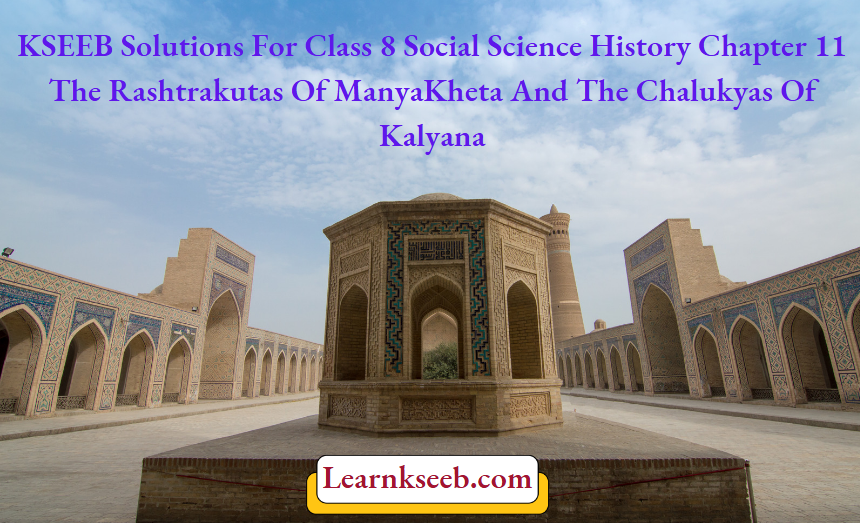
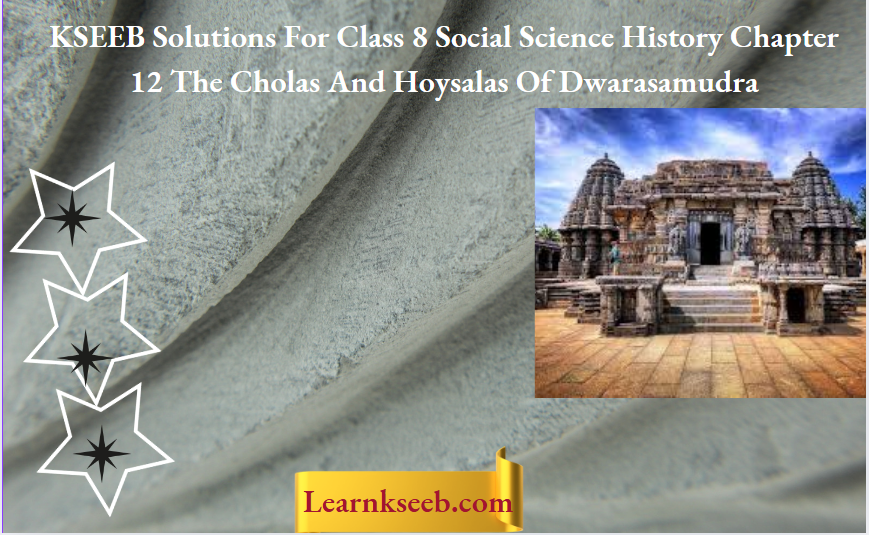
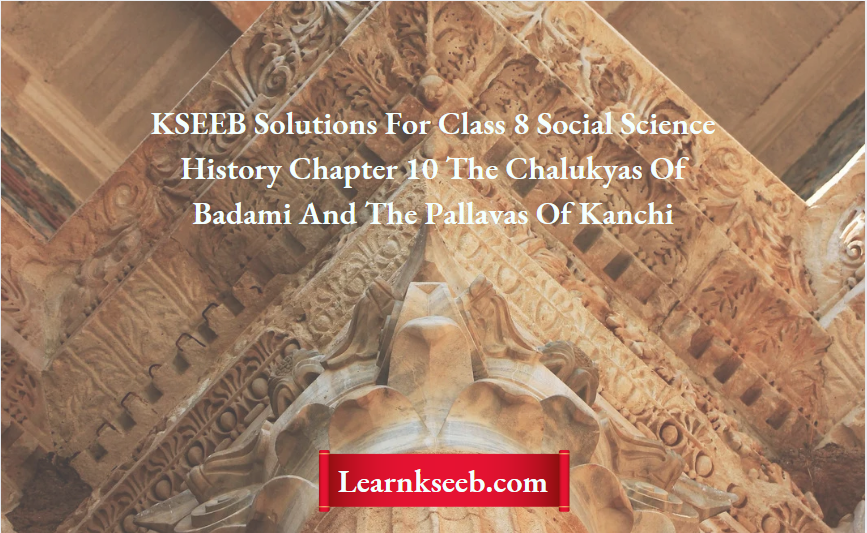
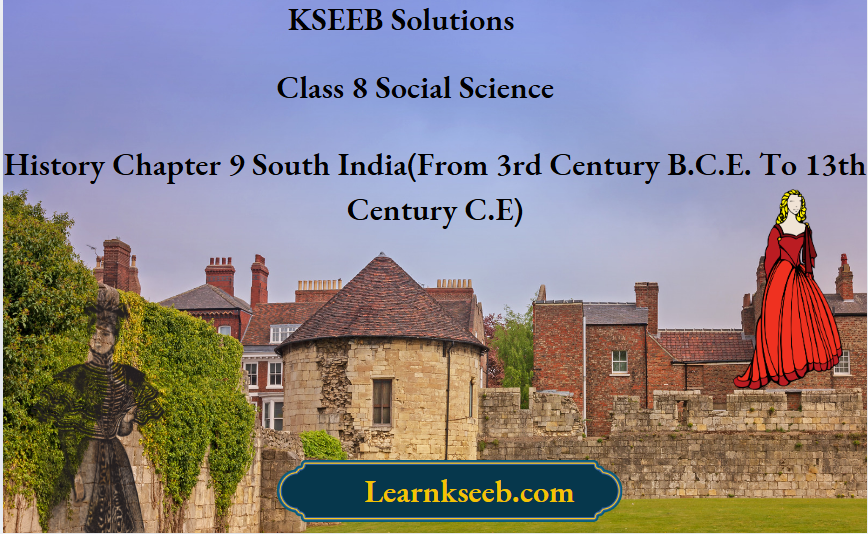

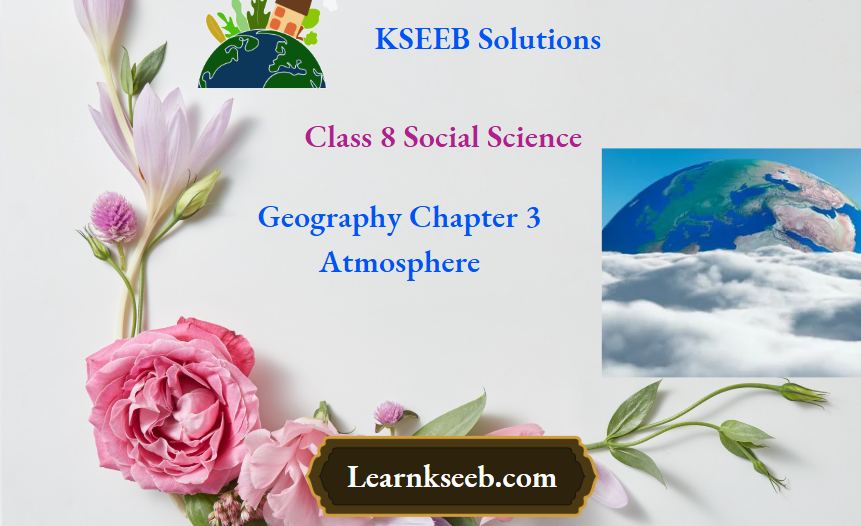
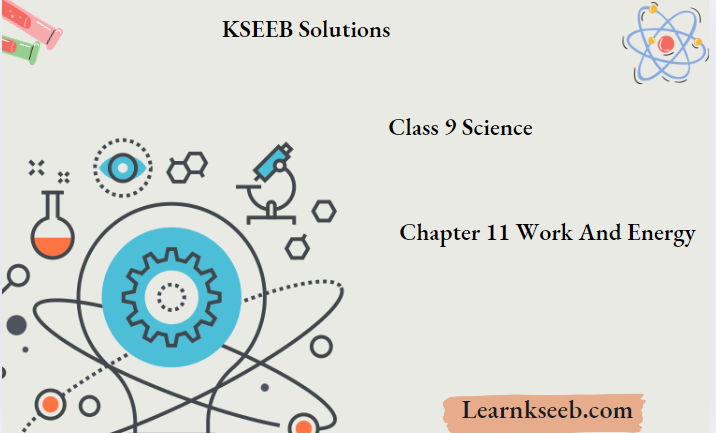
 Answer:
Answer: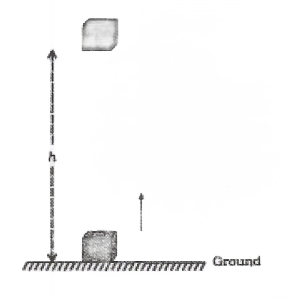
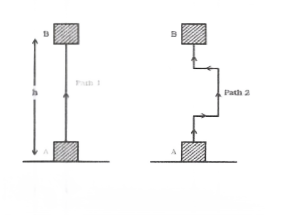 Case (1):
Case (1):